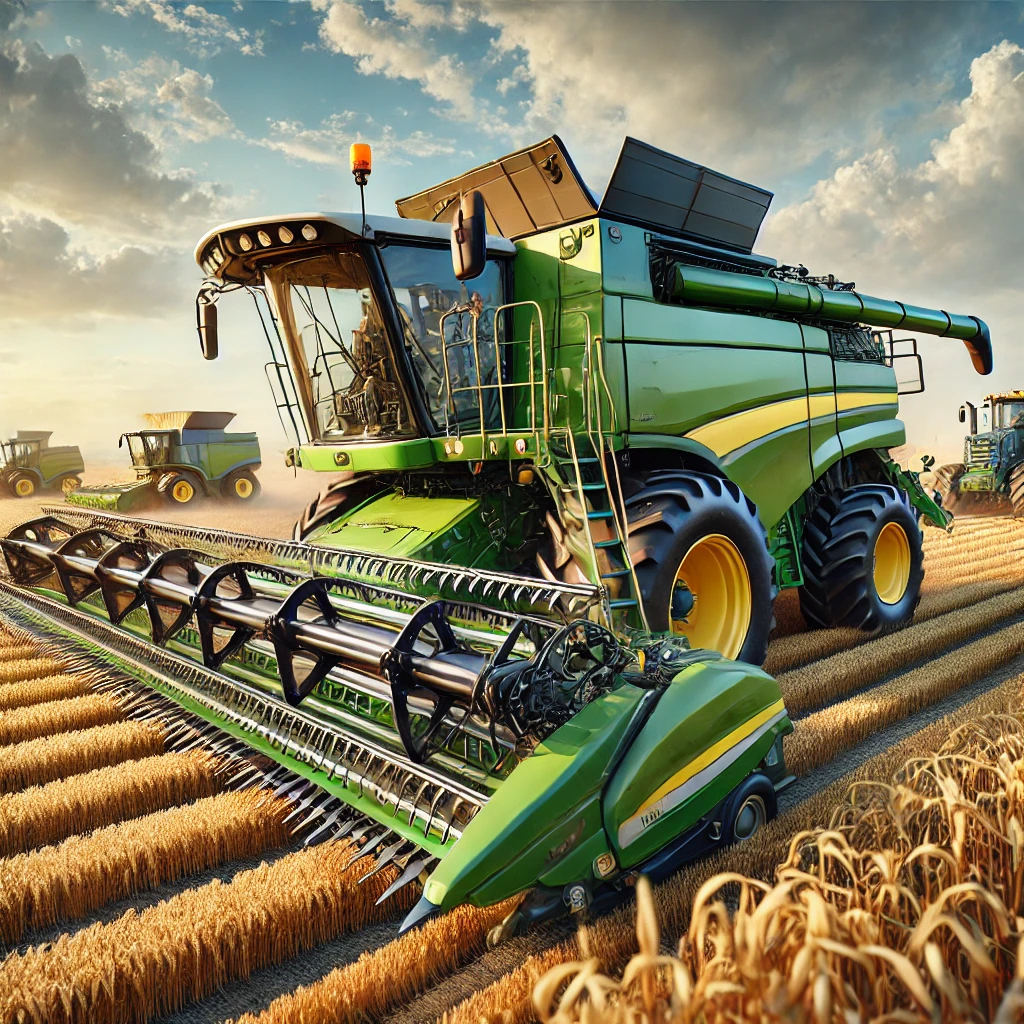High-speed planters have revolutionized the agricultural industry, particularly in large-scale operations. These advanced machines offer numerous benefits that enhance efficiency, productivity, and overall crop yield. This article delves into the various advantages of using high-speed planters and how they contribute to the success of large-scale farming.
Enhanced Efficiency and Time Management
One of the most significant benefits of high-speed planters is their ability to cover large areas in a shorter amount of time. Traditional planting methods can be time-consuming and labor-intensive, often requiring multiple passes over the same field. High-speed planters, on the other hand, are designed to operate at higher speeds without compromising the accuracy of seed placement. This increased efficiency allows farmers to plant more acres per day, which is particularly advantageous during narrow planting windows.
Precision and Accuracy
High-speed planters are equipped with advanced technology that ensures precise seed placement. Features such as GPS guidance systems, variable rate seeding, and automatic row shut-off mechanisms contribute to the accuracy of these machines. Precise seed placement is crucial for optimal crop growth, as it ensures uniform spacing and depth, leading to better germination rates and healthier plants. This level of precision also reduces the need for replanting, saving both time and resources.
Reduced Soil Compaction
Soil compaction is a common issue in large-scale farming, often caused by the repeated passage of heavy machinery over the fields. High-speed planters are designed to minimize soil compaction by distributing their weight more evenly and reducing the number of passes required. This not only preserves soil structure but also promotes better root development and water infiltration, ultimately leading to healthier crops.
Cost Savings and Increased Profitability
Investing in high-speed planters can lead to significant cost savings and increased profitability for large-scale operations. While the initial investment may be higher compared to traditional planters, the long-term benefits far outweigh the costs. The following sections explore how high-speed planters contribute to cost savings and profitability.
Reduced Labor Costs
High-speed planters require fewer operators and less time to complete planting tasks, leading to reduced labor costs. In large-scale operations, where labor expenses can be substantial, this reduction can result in significant savings. Additionally, the advanced technology integrated into these machines often includes features that simplify operation, further reducing the need for skilled labor.
Lower Fuel Consumption
Operating at higher speeds and covering more ground in less time means that high-speed planters consume less fuel per acre planted. This reduction in fuel consumption not only lowers operational costs but also contributes to a more sustainable farming practice by reducing the carbon footprint of the operation.
Improved Crop Yields
The precision and efficiency of high-speed planters lead to improved crop yields, which directly impacts profitability. Uniform seed placement and optimal planting conditions result in healthier plants and higher yields. Additionally, the ability to plant within optimal windows ensures that crops have the best possible start, further enhancing yield potential.
Technological Advancements and Future Prospects
The agricultural machinery industry continues to innovate, and high-speed planters are at the forefront of these advancements. The integration of cutting-edge technology and continuous improvements in design promise even greater benefits for large-scale operations in the future.
Integration with Precision Agriculture
High-speed planters are increasingly being integrated with precision agriculture technologies, such as drones, satellite imagery, and data analytics. These technologies provide real-time data on soil conditions, weather patterns, and crop health, allowing farmers to make informed decisions and optimize planting strategies. The synergy between high-speed planters and precision agriculture tools enhances overall farm management and productivity.
Automation and Autonomous Operation
The future of high-speed planters lies in automation and autonomous operation. Manufacturers are developing planters that can operate with minimal human intervention, using advanced sensors and artificial intelligence to navigate fields and perform planting tasks. Autonomous high-speed planters have the potential to further reduce labor costs, increase efficiency, and ensure consistent performance, regardless of operator skill level.
Sustainability and Environmental Impact
As the agricultural industry places greater emphasis on sustainability, high-speed planters are being designed with environmental considerations in mind. Features such as reduced fuel consumption, minimized soil compaction, and precision application of inputs contribute to more sustainable farming practices. Future advancements are likely to focus on further reducing the environmental impact of these machines, aligning with global efforts to promote sustainable agriculture.
In conclusion, high-speed planters offer numerous benefits for large-scale operations, from enhanced efficiency and precision to cost savings and increased profitability. As technology continues to advance, these machines will play an increasingly important role in the future of agriculture, helping farmers meet the challenges of feeding a growing global population while promoting sustainable practices.
